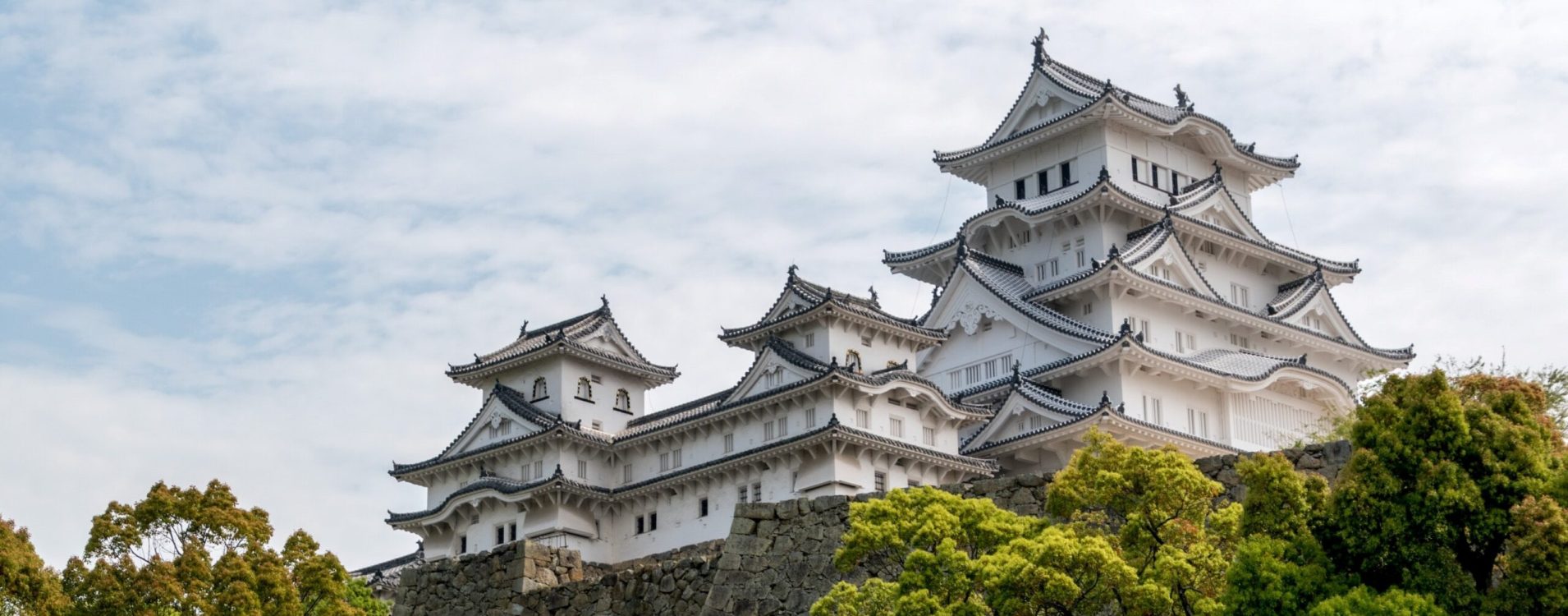Calligraphy and cinema have an intimate relationship in East Asia. Indeed, the ubiquity of the brushed word in cinema is one element that actually ties works in Korean, Japanese and Sinophone Asia together as a regional cinema. On first glance, cinema and calligraphy would appear as radically different art forms. On second glance, they present themselves as sister arts. Both are art forms built from records of the human body moving in (an absent) time and space. How does one adequately subtitle a calligraphic script, attaching the dead letter of helvetica to a linguistic text whose visual materiality is so spectacularly central to meaning making? How does investigating this very problem lead us to rethinking the nature of the cinematic subtitle, which is very much alive―a truly movable type?
